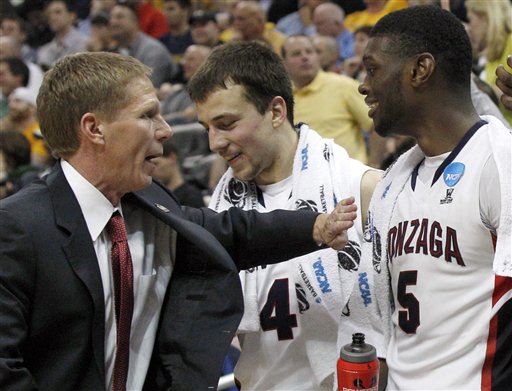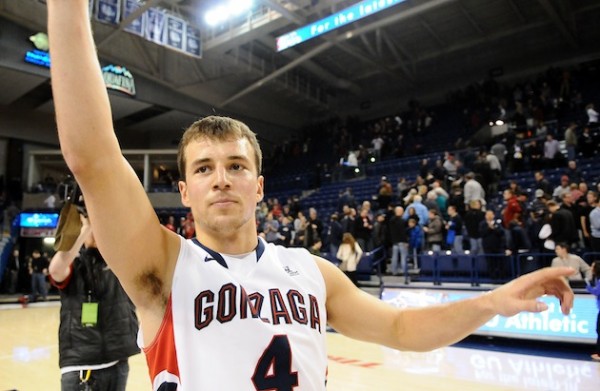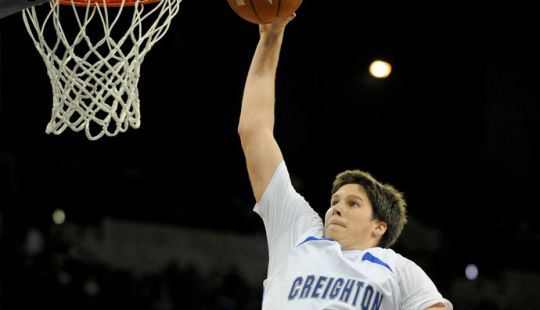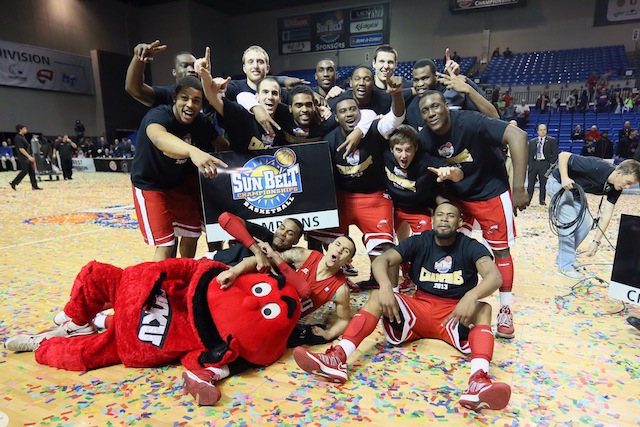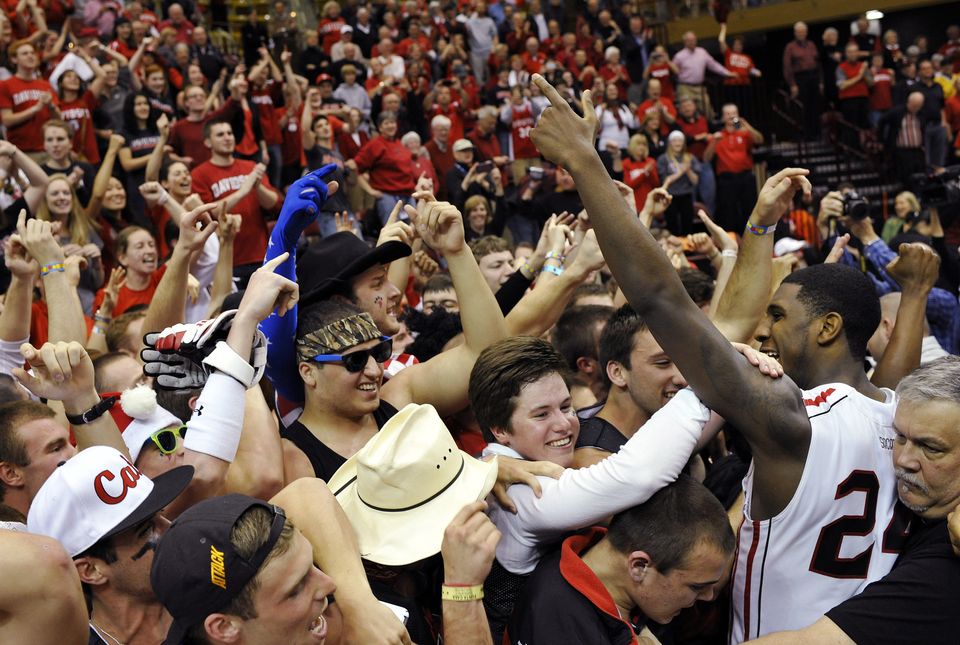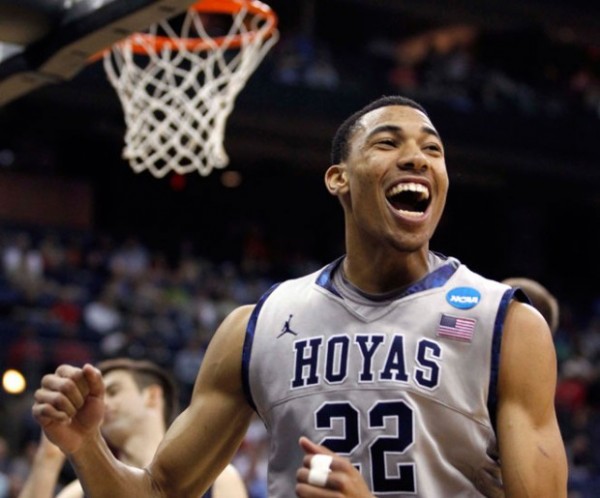Posted by IRenko on March 19th, 2013

I. Renko is an RTC columnist and the author of the weekly column, The Other 26. Follow him on Twitter @IRenkoHoops.
Oh, well. What’s a royal ball? After all, I suppose it would be frightfully dull, and-and-and boring, and-and completely… Completely wonderful. — Cinderella
It’s time for college basketball’s annual ball, which means it’s time for America to fall in love with Cinderella all over again. There are 36 teams from the 26 non-power-conferences who have been invited to this year’s Big Dance, and while the slipper no longer fits for some of the more prominent of these schools, for the bulk of them, this is a rare opportunity to make a name for themselves on the grandest of stages.
This is the first of a two-part series taking a look at the NCAA Tournament prospects for all 36 teams hailing from The Other 26. We focus today on the TO26 teams in the South and West regions, grouping them into five rough categories, and, within each category, ordering them by their likelihood of advancing.
Regional Threats
These are the teams that have a credible chance of dancing all the way to the Sweet Sixteen and beyond.
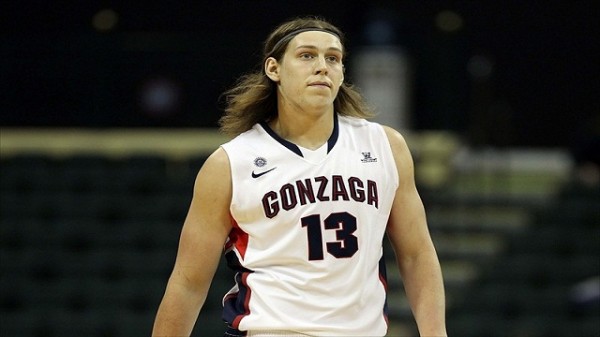
Can Kelly Olynyk Lead the Zags to Their First Final Four?
- Gonzaga (#1, West) — It’s been five years since a TO26 team reached the top seed line. In 2008, Memphis rode its #1 seed all the way to the brink of a national championship, and Zags fans are hoping for the same — and perhaps more — this year. Gonzaga has no glaring weaknesses. They are led by an athletic, skilled frontcourt, the centerpiece of which is NPOY candidate Kelly Olynyk. They get steady guard play from Kevin Pangos, Gary Bell, and David Stockton. If they’re to run into any trouble, it will likely be against a team that (1) sports a strong, athletic interior defense that can contain Olynyk, Elias Harris, and Sam Dower and pound the glass, and (2) can hit the three-point shot consistently, as Illinois did in beating them (Gonzaga’s defense allows a lot of three-point attempts). There are a fair number of teams that meet the first criteria in the West bracket, but not many with a lot offensive firepower from the three-point line or otherwise. In short, this is as good a shot as Gonzaga has ever had to make the Final Four. The eyes of the nation will be watching to see if they can make good on their promise.
- Virginia Commonwealth (#5, South) — VCU is a popular sleeper pick for the Final Four, and there’s some merit to that notion, but here is the most important thing you need to know about them: They are 25-2 on the year (and 14-0 in A-10 play) against teams with a turnover rate over 18 percent. And they are 1-6 (and 0-5 in A-10 play) against teams with a turnover rate under 18 percent. The Rams’ first-round opponent, Akron, falls squarely in the former camp (20.8 percent), a problem for the Zips that will be exacerbated by the absence of their legally-troubled starting point guard, Alex Abreu. After that, things get a bit trickier for the Rams. Their two potential Third Round opponents, Michigan and South Dakota State, rank in the top 10 in the country in turnover rate. Those stats are perhaps somewhat inflated by the fact that both teams play in conferences that don’t feature a lot of pressure defenses, but if you’re looking for a point guard to lead you against such a defense, you’d be hard-pressed to find a better option than Trey Burke or Nate Wolters. It’s true that Michigan has struggled lately in general, and that if you look ahead to a potential match-up with Kansas in the Sweet Sixteen, Havoc’s odds of success improve, but I’d caution against over-exuberance at the Rams’ chances given a potentially dicey Third Round contest.
Read the rest of this entry »
| 2013 ncaa tournament, microsites, other 26, the other 26
| Tagged: akron, Alex Kirk, belmont, bernard thompson, blake jenkins, boise state, brandon moore, Brett Comer, cameron bairstow, carmelo betancourt, Chad Adams, christian webster, demetrius treadwell, derrick beltran, elias harris, feature, florida gulf coast, gonzaga, greg marshall, havard, iona, javan mitchell, kelly olynyk, Kendall Williams, la salle, Laurent Rivard, malcolm miller, mike mcconathy, momo jones, Nate Wolters, new mexico, northwestern state, ron baker, sam dower, san diego state, sherwood brown, siyani chambers, south dakota state, southern, Tony Snell, trevor noack, vcu, western kentucky, wichita state, zeke marshall
Share this story
